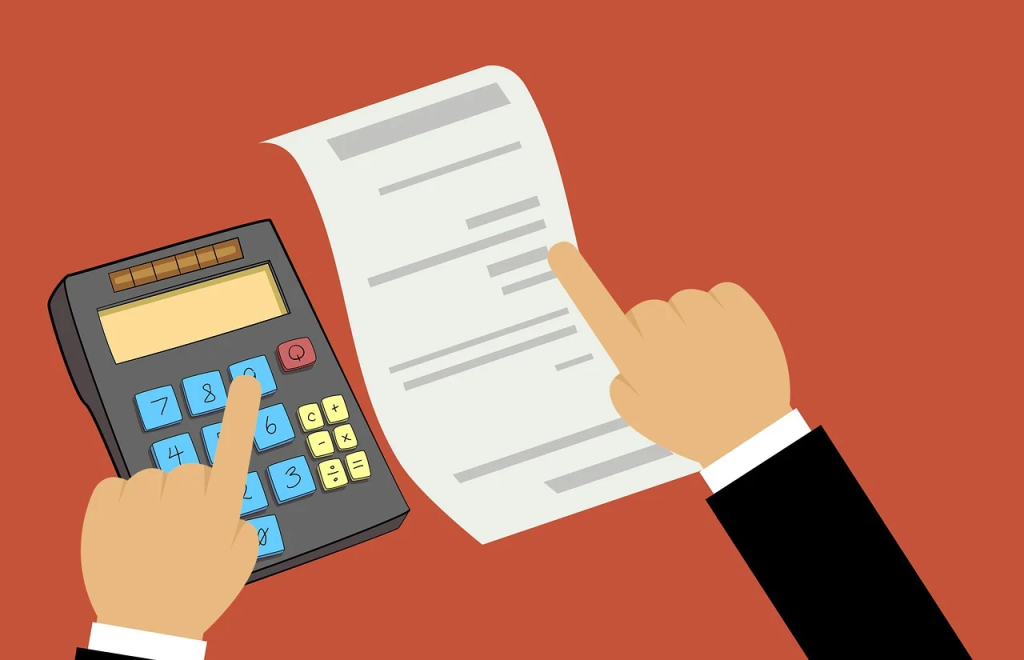Let’s clarify what brain fog is, what causes it, what it feels like, and its common symptoms
Brain Fog, Let’s Clear It Up
Most people can get what it means to have a head in the clouds, storm off or blow hot and cold, but brain fog is still not a well-known mental weather condition. However, if you know, you know. This feeling, when haze seems to envelop your mind, you can’t focus, even the simplest tasks feel impossible, and frustration sets in.
At work, you can experience such symptoms as forgetting what your colleague asked you 5 seconds ago, staring at the email for hours with no idea what it’s actually saying, and genuinely not understanding how you ended up in the meeting room full of people to present the quarterly report. In a study, it can be repeating the same theorem for the whole day, looking at it as if you are seeing it for the first time.
In everyday life, it might feel groggy, drowsy, and make you unable to do any household task properly or even struggle to talk about your last favorite Netflix show, because you don’t remember the plot, and actually don’t want to string words in sentences.
It’s not a disease or even an official diagnosis, but it’s a feeling that can be a signal about mental or physical issues like Bipolar Disorder or post-COVID changes. If you recognize yourself, don’t panic. Many people manage to clear their heads, and you can be one of them once you understand what you are dealing with.
The Science Behind Brain Fog
To move further, we need to say one more time that brain fog is not a diagnosis itself, it’s a symptom of imbalance. Many ordinary people and even professionals use this term to describe a condition of unfocus, plus fatigue, plus poor memory, plus poor decision making, plus zero motivation.
Of course, you can have less than this bingo, and still it can be legitimately qualified as brain fog. Neurologists blame it on cortisol, our stress hormone, and melatonin, a hormone that regulates circadian rhythms. In 2025, scientists found that those who lived through long-COVID had widespread increases in AMPA‑receptor density, a brain signalling change that correlated with cognitive symptoms and inflammation.
This is a condition with physiological causes. If you’re uncertain about the clarity of your cognitive functioning, or would like a more structured understanding of your current symptoms, you may find it helpful to take a 3-minute brain fog test.
Where It Comes From
You sacrificed sleep for the party, the healthiest nutrition was a pickle in your burger, decent hydration was replaced by one more coffee to wake up, your screen habits before bedtime tempted you to check your last Reddit post and comments, so you ended up physically drained, blue light affected, and informationally overloaded.
Probably, you were also disturbed by constant notifications. Yes, here you are now with all the symptoms in a good and big company, as recent surveys of young adults say that self‑reported cognitive problems similar to brain fog nearly doubled in the period from 2013 to 2023. Lack of melatonin and cortisol overload can be an answer why.
When Stress Becomes an Emotional and Physical Storm
Stress is a challenge for both our mind and body. It can be after a physical threat or an emotional struggle. This pile of unfinished tasks at work or a week of obsessed daily gym training can trigger our fight‑or‑flight system and inject cortisol into our bloodstream. The region vital for memory in the brain, the hippocampus, shrinks as well as the ability to concentrate.
Anxiety, burnout, unprocessed emotions, constant need to perform at maximum can make a very thick brain fog. Breathe in, breathe out, meditate, do yoga, or other mindful and calming practices to get out of it.
Triggers from The Health and Biological Side
Some periods of life bring hormonal changes. Sometimes, we have to abruptly stop or change medications. This day, without a proper lunch and then a fast-food dinner.
In recent years, we survived long-COVID, or just didn’t get enough vitamins. Hormonal imbalance or inflammation due to gut dysbiosis, chronic infections, and immune conditions can also be good reasons to have brain fog. Ask for professional help if your fog is persistent or getting worse.
How Innovation and Science Can Help Us with Brain Fog
Now we know, it’s not a subjective feeling, as was supposed before, and definitely not a myth. Brain imaging techniques like PET and fMRI show metabolic changes and neural connectivity patterns in people who experience it. Good news is that we can reorganize and form new neural connections.
This ability is called neuroplasticity. It can be activated by treatments, meditation, physical activity, and ongoing learning. Changing our food habits can change brain fog for clarity, too, as microbes in our gut produce neurotransmitters and affect the immune system. This evidence move brain fog from purely psychological to a physiological issue.
Progressive Mental Wellness Approaches
As we learn more about brain fog, the solutions are getting more thoughtful, not just more fashionable. Lifestyle design is no longer an Instagram mantra, it’s a way of planning life so the brain can actually work.
People are sketching out their real energy waves, protecting sleep, shrinking late-night scroll sessions, and dropping short movement or breathing breaks into the day because research shows these small shifts can sharpen attention and memory. On the clinical side, therapy innovations are catching up with what bodies already know.
Trauma-informed work, EMDR and somatic approaches treat fogginess as a story stored in the nervous system, not just “lack of willpower,” and give people ways to process old stress without being flooded by it.
Alongside this, personalized wellness programs pull together lab results, gut health, hormones, sleep data and lived experience into one picture and build a tailored plan: food tweaks, movement, therapy, coaching and sometimes digital tools.
Apps, attention-training games and wearables aren’t there to “optimize” you like a device; used well, they give humans, you and your clinicians, real-world feedback so treatment can be adjusted before you crash again. The red thread through all of this is the same: evidence-based ideas, designed around people, not around gadgets.
For more innovative mental health ideas, modern practices, therapy methods, and human insights shaping the future of wellness, visit https://statesofmind.com/.
Practical Strategies to Clear the Fog
You don’t need a mountain retreat to start thinking straighter. Often it’s about doing small, boring things with boring consistency.
Give sleep some space. Pick a regular “lights out” window and protect it, aiming for roughly eight hours in bed most nights. Swap doom-scrolling in bed for a short wind-down ritual – a shower, a few pages of a book, stretching – and try to keep glowing screens away from your pillow.
Drink and eat like your brain matters. Keep a glass or bottle nearby and actually use it. Build meals around real food: grains, veg, fruit, beans, nuts, fish or other sources of healthy fat. Your gut microbes and your concentration both run better on that than on caffeine and crisps.
Put your phone on pause. Decide in advance when you’ll check messages and social feeds instead of reacting to every ping. Many people find it easier to work in short sprints – around 20–30 minutes of focus followed by a few minutes to stand up, stretch or look out of the window – than to sit for hours pretending to concentrate.
Get your blood moving. A fast walk round the block, a cycle, or ten minutes of climbing stairs all push more oxygen and nutrients to your brain and usually lift your mood a notch. If you can, mix “getting out of breath” movement with some strength work and basic stretching over the week.
Give your nervous system a breather. Simple practices – slow exhale-focused breathing, a few minutes of meditation, or a short yoga flow – tell your body it’s safe. When you’re not stuck in permanent emergency mode, it’s easier to think, remember and plan.
Match your tasks to your battery level. Notice when in the day your mind feels sharpest and save your hardest thinking jobs for that window. When your energy dips, switch to easier, more mechanical tasks or a short walk instead of forcing deep focus.
Tweak the room, not just yourself. Stale air, constant noise and harsh lighting all chip away at attention. Open a window if you can, cut down background noise, and let in some natural light or add a lamp and a plant. Tiny changes in the space can make work feel less like wading through mud.
Know when to bring in a pro. If the fog hangs around for weeks, gets heavier, or comes with other changes – low mood, big swings in weight or energy, physical symptoms – it’s time to talk to a doctor or mental-health professional. Persistent brain fog can be a clue to something treatable that needs more than self-help.
Conclusion
Brain fog might feel mysterious or unavoidable, but now you see it’s quite explainable and not for life. New research shows that it has reasonable causes, from disrupted circadian rhythms and overstimulation to inflammation and altered brain signalling. The good news is that mental clarity can be cultivated.
By lifestyle changes, processing stress, caring for our microbiome, and embracing modern, integrative wellness approaches, we can lift the haze. As neuroplasticity research reminds us, the brain can learn new things and adopt new habits. Brain fog is not forever, clarity will come.



















